We’ve seen the new Hyundai i10 in the studio and the under the cold lights of the Frankfurt Motor Show, but short of an actual walkaround, the best way to appreciate a car is with some sunlight and pretty backgrounds. The second-gen Hyundai i10 had a recent European media drive, and here is the photographic evidence.
Designed and engineered in Rüsselsheim, Germany, the European spec i10 rolls out from the recently-expanded plant in Ízmit, Turkey for the continent. The A-segment city car is substantially bigger – it’s 80 mm longer, 65 mm wider and 50 mm lower than the original, with a 5 mm-longer wheelbase.
This means more space inside, as well as a best-in-class 252-litre luggage capacity (up by 27 litres, or 12%), which can be expanded to 1,046 litres with the rear seats down. The boot opening is one of the widest in its class at 920 mm.
Small cars are growing up at a fast pace, and not just in size. The use of high-tensile steel, tailored blanks, reinforcing loops and additional bracing increase torsional rigidity by 27%. Improving NVH are larger hydraulic engine mountings, a triple-layer dashboard bulkhead with sound-deadening panel, and dual door sealing strips, amongst others.
As a result, noise levels are measured at 38 dB at idle and 65 dB on rough surfaces – lower than its key rivals, says the Korean carmaker.
Three dual-CVVT Kappa engines have been announced – a 66 PS/94 Nm 1.0 litre three-cylinder, an 87 PS/120 Nm 1.25 litre four-cylinder and a 67 PS/90 Nm 1.0 litre LPG three-cylinder (1.1 litre Epsilon discontinued). Five-speed manual and four-speed auto ‘boxes are available. The LPG is manual-only.
Additionally, a 1.0 litre petrol-engined Hyundai i10 Blue Drive is capable of returning a combined 4.3 litres per 100 km and emitting 98 grams of CO2 per km. It’s equipped with the five-speed manual, a start-stop system and only four seats.
Looking to sell your car? Sell it with Carro.

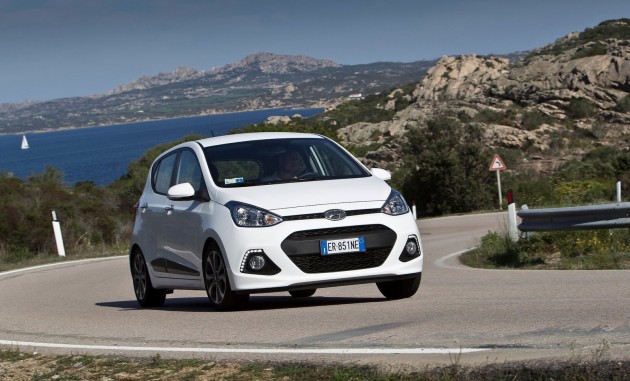
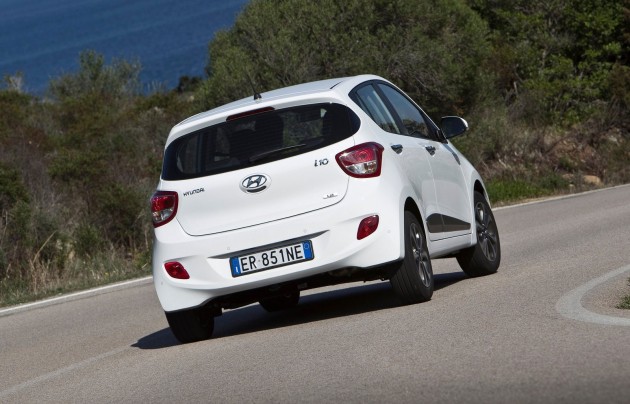
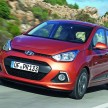
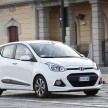
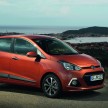
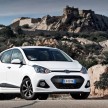
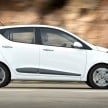

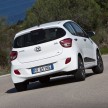
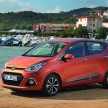
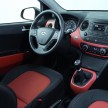
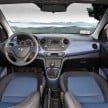
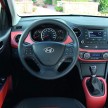
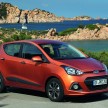
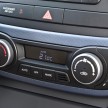
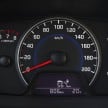
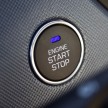
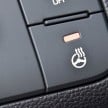

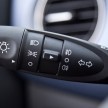

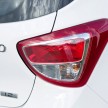
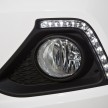
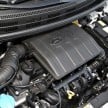
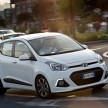
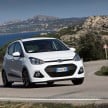
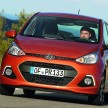
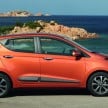
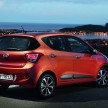
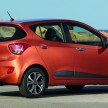
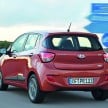
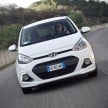
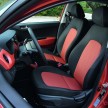
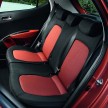
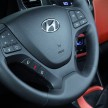
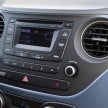
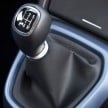
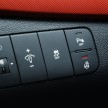
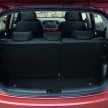
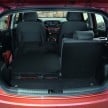
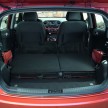
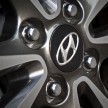










Wow, the exterior looks good!
RM70K if coming here soon…Bravo NAP…Bravo…
lol…even picanto that use similar engine can price below RM70k ..y cant i10 do same thing.
bravo kadajawak…bravo..funnylah u
For those who cannot afford A class merc, this is its baby variant!!
what car are you driving then?
Soon the troublemaker Sam Loo will come in and spread false rumours about Kimchi cars to boost his falling Toyota sales. Toyota salesman area disgrace!
He will say you can buy 3 years old elantra with only 50k!!!
Correction. Sam said that a 1 year old kimchi gets TRADED IN for 50% of purchase price
love the way it looks at every angle! almost like a hot hatch , the picanto somehow looks weird in the front face.
Good looking!
Why don’t have a GTI version? 1.25L turbo?
very Clio look-a-like this car, love the side and back exterior profile!!! Interior could’ve looked more upmarket?
Get a MyVi instead. Sam won’t even accept this car for trade in